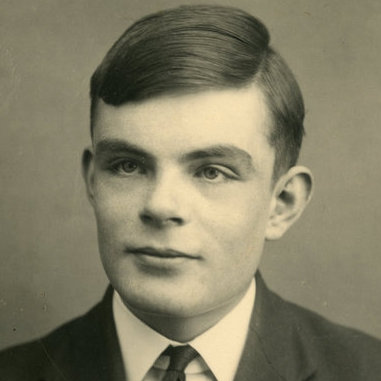University of Oxford Tourist attraction in Oxford, United Kingdom
At the University of Oxford, a new course in Computer Science and Philosophy was established to coincide with the centenary of Alan Turing's birth.
Source: Wikipedia
Oxford University awarded Mark Twain an honorary doctorate in letters in 1907.
Source: Wikipedia
In June 1832, the University of Oxford granted Michael Faraday a Doctor of Civil Law degree (honorary).
Source: Wikipedia
Sydney Brenner, Jack Dunitz, Dorothy Hodgkin, Leslie Orgel, and Beryl M. Oughton, were some of the first people in April 1953 to see the model of the structure of DNA, constructed by Francis Crick at the time when he was working at Oxford University's Chemistry Department.
Source: Wikipedia
Clive Staples Lewis held academic positions in English literature at Oxford University.
Source: Wikipedia
In 1907, Rudyard Kipling was awarded the Nobel Prize for Literature after having been nominated in that year by Charles Oman, professor at the University of Oxford.
Source: Wikipedia
During 1934 and 1935 Albert Schweitzer resided in Britain, delivering the lectures on Religion in Modern Civilization at Oxford University.
Source: Wikipedia
In April 1583, Giordano Bruno went to England with letters of recommendation from Henry III as a guest of the French ambassador, Michel de Castelnau. There he became acquainted with the poet Philip Sidney (to whom he dedicated two books) and other members of the Hermetic circle around John Dee, though there is no evidence that Bruno ever met Dee himself. He also lectured at Oxford University, and unsuccessfully sought a teaching position there.
Source: Wikipedia


